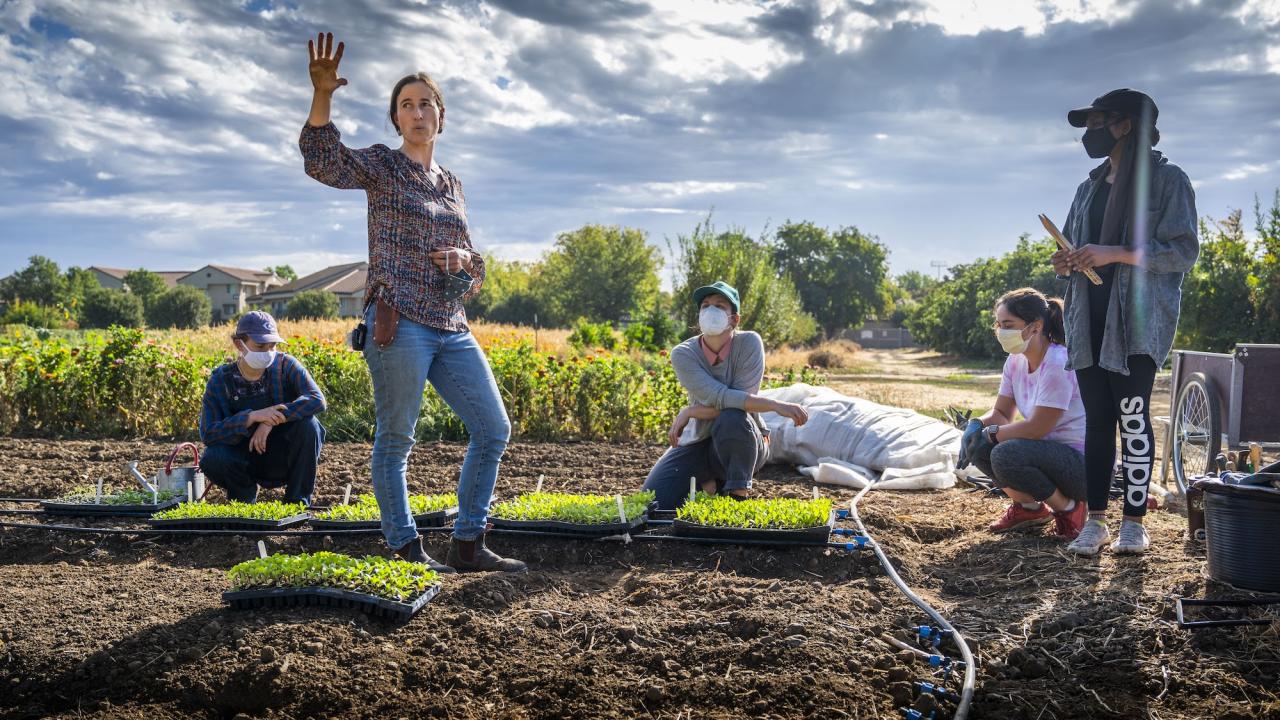Budding Garden Enthusiasts Invite: Newbie Gardening Essentials and Beyond
Wiki Article
From Beginner to Environment-friendly Thumb: A Step-by-Step Trip Via the Art of Gardening

Recognizing Your Gardening Area
To start your horticulture trip, it is important to recognize the distinct qualities and constraints of your horticulture area. Are there any kind of specific difficulties you may deal with, such as bad dirt high quality or restricted water availability? Comprehending these factors will certainly assist you make informed decisions about the types of plants that will thrive in your area.Take into consideration the size of your horticulture location. You might require to concentrate on container gardening or upright horticulture to maximize your expanding location if you have a little space. On the other hand, if you have a huge space, you have the deluxe of growing a range of plants and developing various areas within your garden.
Next, review the amount of sunlight your room gets. This will figure out which plants will certainly thrive and which ones may have a hard time. You can choose for shade-loving plants like brushes or hostas if your room is shaded. If your space gets complete sunlight, you can expand a wide variety of plants, including veggies, flowers, and herbs.
Last but not least, take into consideration any kind of constraints or obstacles certain to your room. If your soil top quality is poor, you may require to change it with garden compost or select plants that are tolerant of less-than-ideal conditions. You can decide for drought-tolerant plants or apply water-saving techniques like mulching. if water is limited.
Picking the Right Plants for Your Garden
Select plants that are fit to your yard's distinct conditions and your individual choices. When picking plants for your yard, it is important to consider elements such as sunlight, soil type, and climate. Take an appearance at the quantity of sunshine your yard gets throughout the day. Some plants prosper completely sunlight, while others choose partial or also complete shade. Take into consideration the soil enter your garden too. Some plants choose well-drained soil, while others flourish in moist or clay-like soil. In addition, think about the environment in your area. Some plants are much better fit for completely dry and warm climates, while others can endure colder temperature levels.It's also worth taking into consideration the upkeep level of the plants you pick. Some plants need even more treatment and focus, while others are more low-maintenance.
Preparing the Soil for Growing
A lot of plants favor a slightly acidic to neutral pH, around 6.0 to 7.0. Improperly drained pipes dirt can lead to water logged roots and various other plant health and wellness problems. By examining and making necessary amendments to your dirt, you can produce an optimum setting for your plants to flourish.Nurturing and Maintaining Your Yard
Make sure to water your plants deeply, allowing the water to permeate the dirt and reach the newbiegardening.com/ origins. Regular weeding is also crucial to keep your garden totally free from undesirable plants that compete for nutrients and space. On a regular basis inspect your plants for any type of signs of infestation or ailment and take immediate activity to protect against more damage.Troubleshooting Common Horticulture Issues
To attend to common gardening problems, begin by recognizing the issue and taking immediate activity. One of the most typical problems garden enthusiasts deal with is insects. If you discover chewed fallen leaves or plants that are wilting for no evident factor, you may have a bug problem. Examine your plants closely for indications of pests or various other pests. If you identify any kind of, eliminate them manually or utilize organic bug control techniques. Another typical problem is nutrition deficiency. They might not be getting adequate nutrients if your plants have actually yellow or tarnished fallen leaves. Take into consideration fertilizing your soil or including garden compost to improve its nutrient web content. Overwatering is an additional concern that can damage your plants. You might be overwatering if you see water logged soil or wilting in spite of sufficient watering. Change your watering schedule as necessary and make sure proper drain. Disease can additionally influence your garden. If you see areas, mold and mildew, or uncommon development on your plants, maybe an indication of disease. Eliminate impacted plants and treat the continuing to be ones with organic fungicides or chemicals. By without delay resolving these typical issues, you can guarantee the health and wellness and success of your garden.Conclusion
Congratulations! You have actually effectively completed the journey from newbie to green thumb in the art of horticulture. By recognizing your horticulture area, picking the right plants, preparing the soil, and supporting your garden, you have gotten over usual horticulture problems like a pro. Now, armed with expertise and experience, you are all set to delight in the charm and wealth of your thriving garden. Maintain up the magnum opus and remain to cultivate your environment-friendly thumb!
When selecting plants for your garden, it is essential to consider elements such as sunshine, soil type, and climate. Some plants prefer well-drained soil, while others flourish in wet or clay-like soil (newbie gardening). By recognizing your gardening room, choosing the right plants, preparing the soil, and supporting your garden, you have actually gotten over typical horticulture concerns like a pro
Report this wiki page